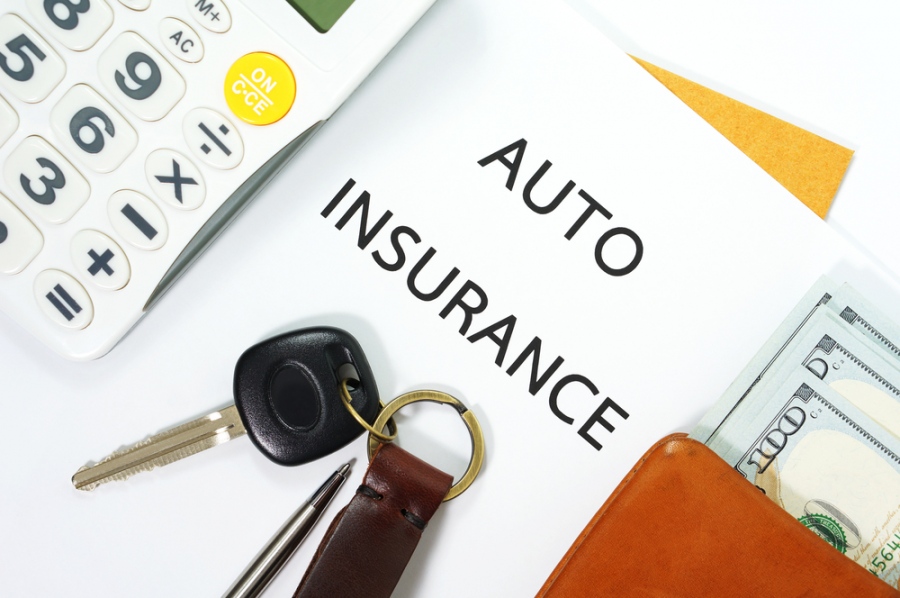Understanding Car Coverage: What Each Motorist Ought to Understand

Car insurance is an important aspect of responsible vehicle ownership, providing financial protection against a variety of risks that drivers encounter on the road. For a lot of people, navigating the realm of auto insurance can be overwhelming, with a multitude of options, coverage types, and terms that might appear complicated at first. Understanding the essentials of car insurance is imperative not only for compliance with legal requirements but also for protecting your financial well-being in the event of an accident or damage to your vehicle.
As a driver, being knowledgeable about car insurance assists you make smarter decisions about the coverage you need. From liability and collision coverage to understanding excesses and premiums, there are many factors that influence your insurance journey. This article seeks to explain the essential elements of car insurance, helping you comprehend what every driver should know to ensure they are properly protected while on the road.
Types of Car Insurance
There exist various types of car insurance coverages available, each designed to meet various requirements and choices of drivers. The most common type is liability insurance, which is required in most states. This coverage pays for damages and injuries you cause to others in an accident where the driver is at fault. It typically features bodily injury liability and property damage liability, safeguarding you from financial loss from claims made by others.
A widely favored type is comprehensive coverage, that safeguards your vehicle from non-collision-related incidents. This includes theft, vandalism, natural disasters, and hitting an animal. full coverage cheap car insurance is particularly beneficial for those who live in areas vulnerable to such hazards or for drivers with newer, luxury vehicles. It provides confidence knowing that you are covered not just for accidents on the road but for other unforeseen incidents.
Collision insurance is another essential component of many drivers' auto insurance coverages. This coverage pays for damages to your vehicle resulting from a collision with another vehicle or object, regardless of who is at fault. If you are financing or leasing your car, lenders typically require collision insurance. Together, these types of coverage help ensure that you are protected against financial loss in multiple driving circumstances, giving you the trust to hit the road.
Aspects Influencing Insurance Costs
Multiple important factors influence the premiums that motorists pay for car insurance. One key aspect is the driver's years of experience and history behind the wheel. In general, younger drivers or those with fewer years of driving tend to face elevated costs due to their increased risk of incidents. Insurers typically view more mature, more seasoned drivers as more reliable behind the wheel, which can result in lower premiums.
The kind of vehicle also has a significant role in affecting insurance costs. Automobiles that are higher-priced to fix or replace typically come with elevated rates. Additionally, automobiles with enhanced safety features may be eligible for discounts, as they are seen as less susceptible to be associated with serious collisions. Insurers will also take into account the potential for being stolen or the automobile's safety scores.
One more important element is the motorist's history of insurance claims and credit score. A history of past claims can signal to insurers that a driver is at greater risk, resulting in elevated rates. In the same way, a person's credit rating can influence premiums, as insurers commonly use it as a measure of financial responsibility. Higher credit scores may cause diminished premiums, while diminished figures could indicate higher costs for auto insurance.
Methods to Pick a Suitable Policy

Selecting the right car insurance policy begins with understanding your individual needs as a driver. Take into account factors such as your driving habits, your type of vehicle you own, and your budget. When you drive a newer car, you may want a policy with full coverage to protect against theft or damage. On the other hand, if your car is vintage, minimum liability coverage may be enough. It's essential to evaluate how much coverage you need based on your risk tolerance and lifestyle.
After that, shop around and contrast quotes from different providers. Insurance companies often have different rates for the same coverage, so investing time in gather multiple quotes can yield substantial savings. Consider focusing solely on just the price; review the company’s reputation, customer service, and claims process. Checking reviews and asking friends or family about their encounters can provide insights into which insurers are reliable and provide comprehensive support.
Finally, understand the terms and conditions of each policy before finalizing a decision. Pay attention to the deductibles, coverage limits, and any exclusions that may apply. Don't hesitate to consult insurance agents for clarification on any aspects you find ambiguous. The goal is to ensure you find a policy that not only matches your budget but also grants you peace of mind while on the road.
